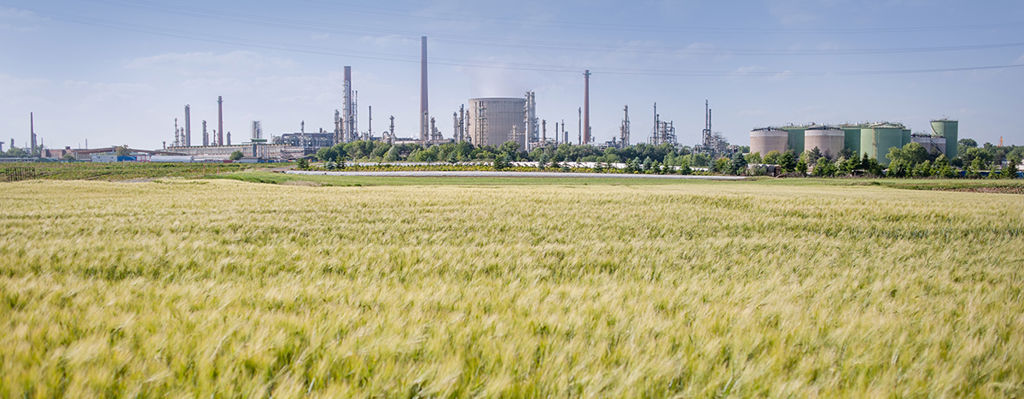If you’re involved in manufacturing compressors or turbos, you know the future is bright. Industrial use of compressed gas and air is growing steadily. The latest financial reports forecast this market’s vigorous growth because all gases are produced using large, powerful piston, screw or turbo compressors. New and refurbished compressors and auxiliary devices are increasingly needed in different applications. This includes their use in gas separation plants, the growing number of gas turbines around the world, the increasing use of LNG on vessels, in pneumatic equipment or even the development of new petrochemical processes.

Avoiding problems and hidden expenses
Despite the standardization of compressor or turbo compressor models, there are many things to be aware of in the functional design of the selected components, particularly for large turbo compressors and oil-free screw compressors that rotate at high speeds – between 5,000 and 70,0000 rpm. All components in contact with gases can reach extreme temperatures at those speeds, requiring very high performance from the valves and their controllers.
For example, a turbo compressor surge can be caused by excessive gas heating, due to insufficient cooling or too hot intake gas. This might cause rising gas pressure in a compressor output. Then suddenly the heated flow turns back on the compressor and hits the impeller like a hammer blow. To avoid this, an anti-surge valve must be extremely quick and reliable.
Similar damage can occur with oil-free screw compressors. If the internal temperature in a compressor is too high, the screw elements heat up, causing coatings to wear, lose compression efficiency or break completely. Overheating also causes bearing damage.
All failures causing gases from the compressor to be hotter than their design values are serious problems. Hot gas carries more water, which needs to be removed before further gas separation steps. If the gas leaving the compressor is 50 °C and not 25 °C, the water content of that gas will be twice as high as it should be, leading to a more frequent replacement of drying chemicals.
One system – dozens of valves
Here’s another challenge. How can you not get lost in the huge variety of flow control solutions available?
Compressor by-pass valves, anti-surge valves, cryogenic valves, discharge valves – including valves with very narrow and specialized applications – these are only some of the products compressors might use. The correct valves depend on the kind of compressor and its purpose.
Technical support from a team with proven training, experience and knowledge can be of great help with this. Thanks to our experience with thousands of smart functioning valves used in gas and pneumatic air production processes all over the world, we know compressor applications and requirements well.
All of Neles' valves for compressors are designed and tested for high functional safety. Our by-pass and discharge valves are regarded as the most reliable on the market. The most demanding valve for compressors, the anti-surge valve, needs high control accuracy with wide rangeability. Our valves provide just that. They feature a robust, rugged design, making them a risk-free solution for maximum availability.
Smart technology for brilliant performance and safety
Today’s compressors and compressor stations use digitalization to provide end users with better data. Neles already has solutions ready. Our smart products allow real-time performance and condition data interpretation analysis, giving users the highest availability and usability. Our open and standard technologies fit flexibly into existing and even future plant-wide control units because our smart devices are independent of control, safety or asset management systems.
So, a shift to advanced Neles technology helps reduce overall cost of ownership – to support the cost effectiveness of your compressors and enable low maintenance and eco-friendly advantages.

